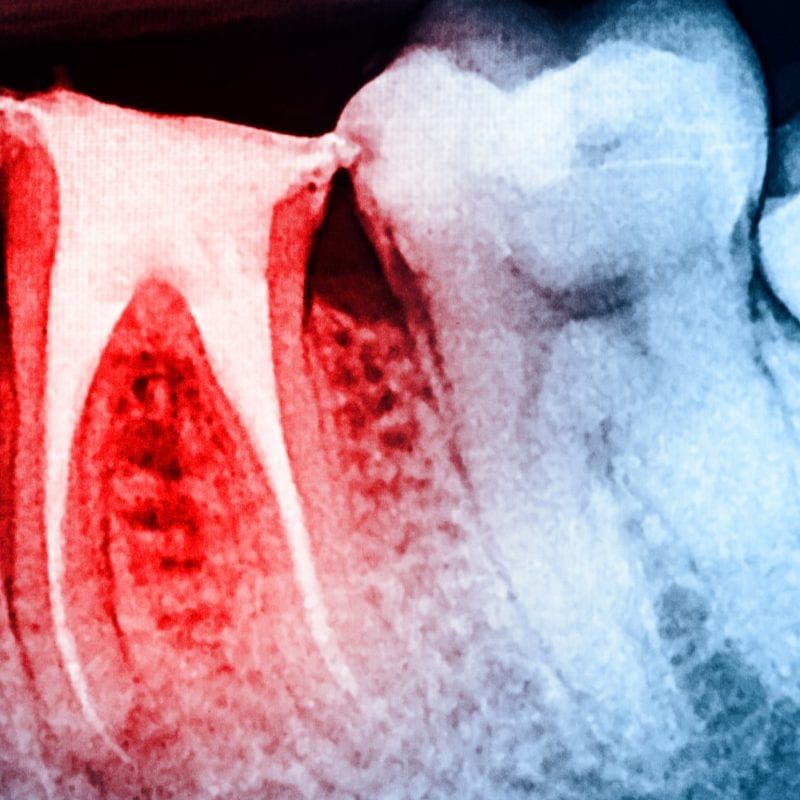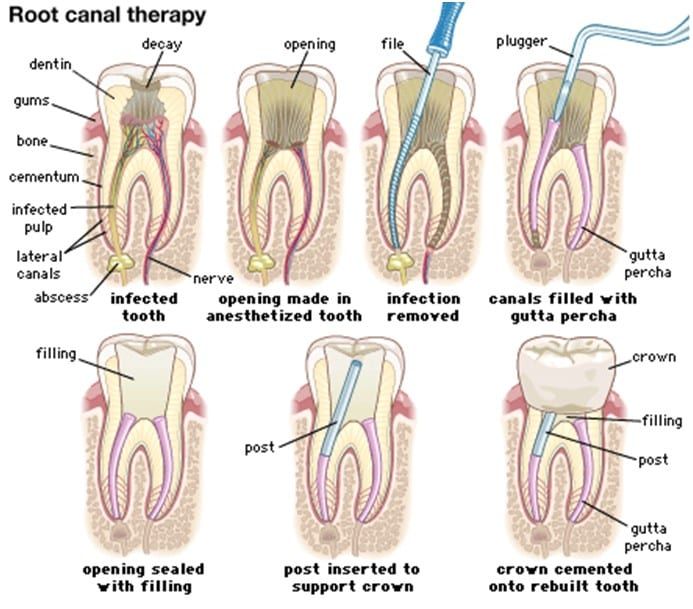Biomimetics is a fascinating branch of medical research, as the term handles all terminology related to how synthetic methods can mimic biological processes within the body. In dentistry, it refers to tooth-saving techniques and methods used to help maintain the patient’s natural dentition by synthesizing materials that recreate the body’s natural mechanisms. Also referred to as biological dentistry, the primary method for mimicking these processes is through biocompatible materials. To treat issues such as tooth decay and cavities, endodontists have begun incorporating biologic materials within their practices, with some of them investing in biomimetic dentistry to improve their practice and further research in their field.
The Biomimetic Approach: A New Concept in Dentistry
Biomimetic or biological approaches in dentistry have been in development since the early 1950s, and these advances are mainly concerned with the development of adhesives and other dental materials. The first development of biologic dentistry came from Dr. Michael Buonocore when he published a paper on the use of the acid-etch technique that incorporates a new adhesive that was capable of forming bonds with the tooth structure, removing the need for retention and resistance cavity preparation. Since then, there would be further advancements in adhesives that would, over time, gradually replace traditional techniques, help minimize tooth preparation, and help preserve the pulp’s vitality.
Nowadays, the core concept within biologic dentistry is the ability to preserve the intact tooth using adhesives that contain biocompatible ingredients. Although this method is typically applied within an aesthetic or restorative dental setting, there are many endodontists that have been looking into this form of dentistry for their practices, as biologic dentistry unites an understanding of the tooth’s biological components with basic dental principles that focus on preparation, adhesion, and retention. Ultimately, instead of using materials that the body can reject, the materials used are able to replicate the properties of the tooth without any additional preparation requirements, leading to a biomimetic restored tooth that maintains strength, function, and aesthetics.
But what truly makes biomimetic dentistry unique isn’t only the use of biocompatible adhesives. These adhesives ultimately change the techniques involved in tooth preparation. As traditional dental techniques effectively rely on mechanical retention to prepare the tooth, traditional techniques also pose larger risks for cracks, insufficient seals, and other stress-related factors that can create a higher chance of pain, sensitivity, and loss of pulp vitality. In biologic dentistry, the materials used create a higher success rate for adhesion and bond strength, meaning that many restorative dentists can easily restore teeth without much prep work needed.
So, how can this apply to endodontics? As endodontics constantly handles issues with pulp exposure and lost tooth structure, the idea of preserving the natural tooth as much as possible may not always be the case. But for endodontists invested in preserving natural tooth structure, biomimetic dentistry may be their way towards that goal.
Protecting The Structural Integrity of Endo-Treated Teeth
Biomimetic techniques in endodontics right now are in their beginning stages of development, as most techniques used in biologic dentistry are geared towards restoring endodontic-failed teeth, including preventing crown fractures, restoring occlusions, maintaining strong dentin bonds, and reducing stress within the restoration. But endodontists in this position can easily find ways to enhance their preparatory stages through the use of biocompatible materials and adapt their techniques to enhance the patient’s treatment for stronger bonds against re-infection.
- Mineral Trioxide Aggregate (MTA): As one of the first bioceramic materials used in endodontics, MTA cement is osteoconductive, inductive, and biocompatible with the inner tooth structure. It was initially developed as a root-end filling material and is now also used for pulpotomies, pulp capping, and apical barrier formation. There are two types of MTA, grey, and white. The grey MTA contains iron ions, while the white MTA does not have those ions, and the setting reaction is created through the Ca ions, which form hydroxyapatite when in contact with the tooth.
- Calcium Silicate Bioceramics: Also known as Biodentine, this product improves some of the properties of the MTA cement by speeding up the setting time and enhancing the microstructure of the ions, thus reducing its viscosity and improving the handling for the endodontist using the material. It’s also reported to have high bond strength and has no adverse side effects on cell differentiation within the teeth’s molecular composition.
- Calcium Alumino-Silicates: Some previous studies have looked into experimental cement containing calcium-aluminate, dental glass, bismuth oxide, and a combination of other ingredients with specific effects. In some of these cases, it helped remove the traces of free magnesium oxide often found within MTA, which can contribute to undesired tooth darkening, and in some cases, can also improve mineralization capacity, but these studies haven’t been fully determined.
- BioAggregate: As a mixture cement of calcium silicates and calcium phosphates, BioAggregate works with tricalcium silicate as its main component. Unlike MTA, it removes the presence of aluminum and other additives that prevent it from bonding to the tooth’s layers, and although its reactivity is slower overall, it is considered more bioactive than other dental cement and has a greater potential for inducing mineralization within the tooth structure than with MTA.
- Ceramicrete: As a self-setting phosphate ceramic, it uses an acid-base reaction between acid phosphate and basic metal oxide to become biocompatible with the tooth’s inner structure. Within the use of this cement, it’s easy to manipulate, has low glucose penetration, and has better washout resistance than compared to previous versions of cement such as MTA. However, leakage results with biocompatible versions of Ceramicrete vary depending on usage and thus is left to the dentist’s discretion in its use.
The list above only shows a small sample of the testing and measures done within biocompatible dentistry. As methods of sealing, obturation, and repair are constantly being expanded, the advancement of biomimetic dentistry can eventually lead endodontists to other forms of dentistry, including regenerative endodontics, where the tooth’s structure can not only be repaired but also replaced in a more natural manner, potentially regrowing the inner pulp using stem cell research and advances in medicine.






